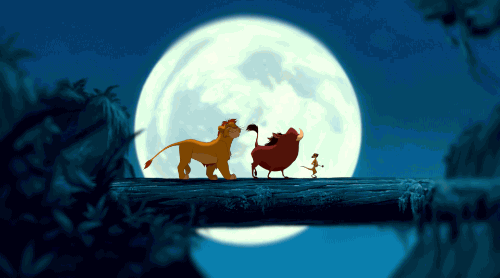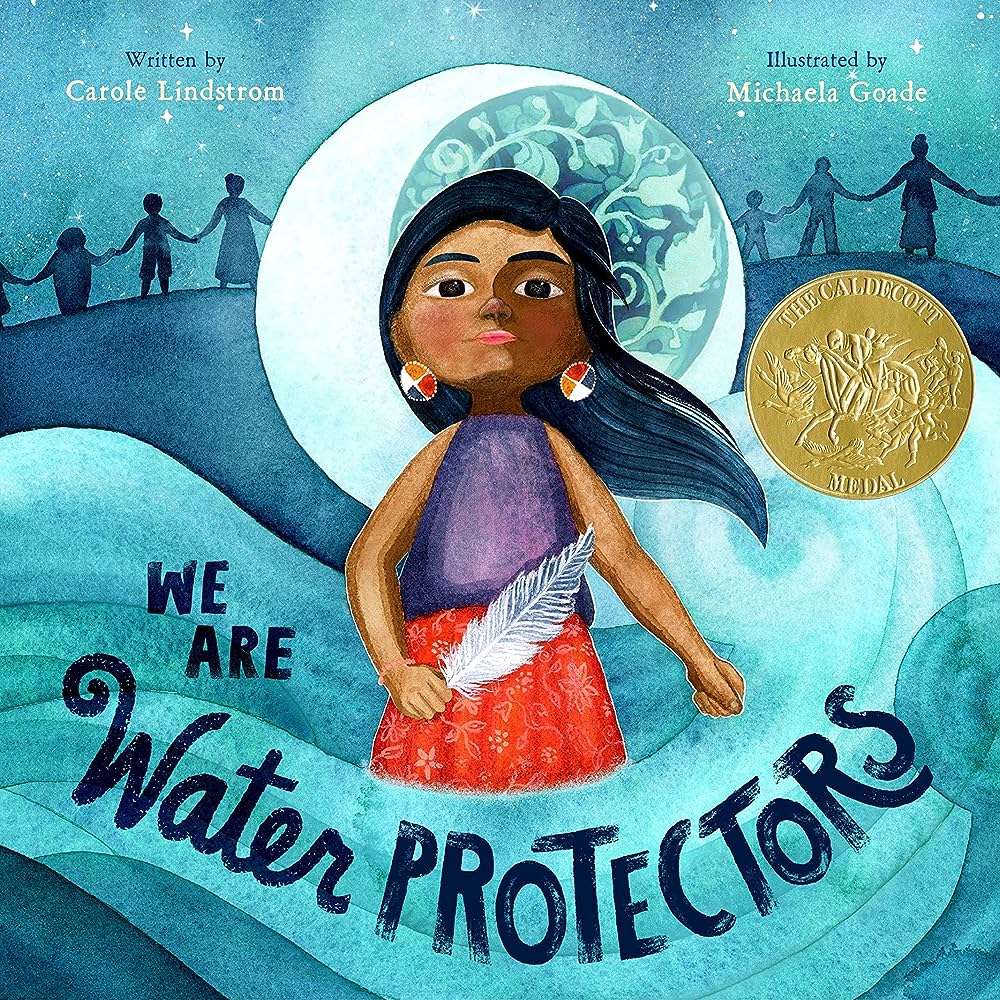5 Ways to Tell a Story: Story Structure from Around the World
There’s more than one way to tell a tale.
And, unsurprisingly, every country and culture around the world has its own ideas of what makes a good story. Here in the USA, we’re surrounded with the classic Western storytelling models, such as the Hero’s Journey and the Three Act Structure. But these aren’t the only ways to tell a story!
Today we’ll look at a few non-Western storytelling traditions around the world along with various characteristics and influences. We can’t possibly cover everything, but we can get a glimpse of a few of the ways stories are told! And by better understanding these different traditions we can broaden our understanding of stories, of storytelling, and of our brilliant and varied world.
As we get started, please note that I am by no means an expert!
While I minored in Asian Studies in college and have lived and worked in Macau, at the end of the day I am a white girl from New England. I am simply a student sharing what I’ve learned and hoping it can be helpful. If you have corrections, experiences, or resources to add to this discussion, please comment below! I won’t be able to touch on every topic, but hopefully this can be a springboard for each of us to do our own research and think about this further.
_______________________________
Before we begin, I’d like to introduce our guest for today, Bethany Henry!
Bethany is an writer and fiction lover who runs bethany-henry.com, where she explores storytelling, wellness, and more. She has a ton of fantastic tips to offer—so, without further ado, let me hand things over to Bethany! 🙂 – Lewis
_______________________________
Why is this important?
Contents
As readers, the more we understand different storytelling techniques, the better we will appreciate and enjoy stories coming from differing perspectives.
More critically, as storytellers, we have a responsibility to use our words wisely.
Stories wield immense power not only to entertain, but also to educate, encourage empathy, and to let people know that they are not alone. Including diversity in our work can make both our stories and our world a better place.
By learning about traditions different from our own, we can better understand various voices and perspectives, be more open to new ideas, and be better equipped to use our words and our stories for good.
Exploring Storytelling Traditions Around The World
It makes sense that stories around the world are different. Of course they are! Even within a specific people group, stories can vary widely.
We all have different beliefs, traditions, expectations, and values. We have different languages which contain different layers of subtext and meaning. All of these things shape our storytelling.
Western Storytelling:
For many of us in the USA, Western storytelling is the default model we’re most familiar with. It’s dominated by the Hero’s Journey or the Three Act Structure- for more details, check out the wealth of info right here on The Novel Smithy!
Characteristics of Western storytelling:
- Characters are proactive and have a goal, driving the story
- Characters experience growth throughout the story
- Conflict is introduced as soon as possible
- Conflict rises as everything moves toward the climax
- Conflict is resolved leading to a happy ever after
Influenced by:
- Aristotle and classical argument driven literature
- Values of individualism and personal success
- Values of overcoming conflict to reach success
Classic examples of this include Star Wars, The Lord of the Rings, and The Lion King.

Many of us are probably very familiar with these stories! But there are many other storytelling traditions around the world that may take different shapes and challenge our ideas of what story structure should look like.
East Asian Storytelling:
A major Chinese, Japanese, and Korean narrative model, first originating as a structure of poetry, is called Kishōtenketsu. Sometimes referred to as “story without conflict,” this storytelling model is a sharp contrast from Western storytelling because it does not rely on a central conflict to drive the story.
Kishōtenketsu is a four act structure:
- Act One, or Ki, introduces the world and characters.
- Act Two, or Shō, develops the characters and shows us their place in the world.
- Act Three, or Ten, twists the story by showing a new perspective.
- Act Four, or Ketsu, unites the new viewpoint with the beginning of the story.
For example, we can see this structure in one of the best known poems of the Tang Dynasty, Spring Dawn by Meng Haoran.
I slumbered this spring morning, and missed the dawn,
From everywhere I heard the cry of birds.
That night the sound of wind and rain had come,
Who knows how many petals then had fallen?
And this structure is not only used for poetry! Kishōtenketsu is used as a primary storytelling format in novels, movies, and manga.
Characteristics of East Asian Storytelling:
- Story not primarily driven by conflict
- Characters often reactive instead of proactive
- Characters not goal driven (except maybe the villain)
- Tension may not be introduced until late in story (if at all)
- Ending emphasizing a perspective or aspect of philosophy
- Ending might not be happy or tie up specific plot points
Influenced by:
- Buddhist ideals of goodness, karma, and conflict avoidance
- Values of community, family, and prioritizing the greater good
Examples of this include Japanese Manga and Studio Ghibli movies.

Sometimes audiences more used to a Western story structure may feel that these stories are boring or that “nothing happens.” Or we may be thrown off because the story doesn’t always have a happy ending! However, with a better understanding of Kishōtenketsu, hopefully we can look a bit closer to see the changes in perspective portrayed and that story does not need to include conflict to be meaningful.
To learn more, I highly recommend this video introduction to Kishōtenketsu by two Japanese manga creators over at The Silent Manga Audition Community.
Native American Storytelling:
Native American storytelling is richly varied among various tribal groups and is rooted in oral traditions, where stories are passed down for generations.
These stories are often nonlinear, never-ending, or described as part of a larger whole. They may start at the ending and tell the story “backwards” towards the beginning, or they may tell only a fragment of an ongoing story that has no end.
Native American storytelling may be used to explain how the world works, such as why crows are black, or they may be used to teach proper behavior or traditions. There are many recurring characters who may be consistent or unchanging in their behaviors, such as a trickster god, creator deity, or animals that represent certain morals.
Characteristics of Native American Storytelling:
- Oral tradition which may include song, dance, and audience participation
- Communal and shared with group
- Morals and teachings for audience to learn
- Honoring life and connection with nature
- Nonlinear storylines
- Featuring recurring characters who don’t significantly change
Influenced by:
- Respect for ancient wisdom
- Close relationship with the earth
Examples of this include We Are Water Protectors by Carole Lindstrom and Waa’aka’: The Bird Who Fell in Love with the Sun by Cindi Alvitre.

Sometimes audiences accustomed to Western storytelling may be confused by a nonlinear story structure or struggle to connect with characters who don’t follow a changing character arc. Yet these stories are uniquely suited to create communal connections and communicate meaningful messages to their audience.
For further reading, check out How American Indian Storytelling Differs From the Western Narrative Structure by Dan SaSuWeh Jones of the Ponca Nation.
African Storytelling:
African storytelling varies widely among different countries and people groups, yet often is centered around an oral storytelling tradition that includes audience interaction and repeated words, phrases, and motions.
There is a three-part formula often used in African storytelling:
- Part 1: Introduction: The storyteller introduces the story, possibly followed by a series of riddles or jokes. They encourage audience participation.
- Part 2: Body: The story is told with audience participation, possibly including song, shouting, repeated phrases, dance, and reenactments.
- Part 3: Conclusion: A moral or statement will be given to signal the end of the story.
Characteristics of African Storytelling:
- Oral tradition featuring repetition and audience participation
- Communal, shared experience
- Proverbs given for audience to learn
- Recurring characters, especially animals
Influenced by:
- Respecting history and tradition
- Honoring the earth and learning from it
Like Native American traditions, African storytelling encourages communal connections and uses stories to teach certain values. By honoring the earth and tradition, these stories share a viewpoint emphasizing our place in the world around us instead of being overly individualistic.
For further reading and some examples of African proverbs, check out African Storytelling from ingoStudio.
Middle Eastern Storytelling:
One storytelling model from the Middle East is that of the Frame Story, with the earliest examples coming from ancient Egypt. Here, many types of stories, characters, and symbols are woven together into a larger tale.
One Thousand And One Nights is the most famous example of this. In this story, Shahrazad tells story after story to the Sultan in order to keep him from killing her. Her stories include a variety of complex narratives, different characters, conflicts, genres, and morals. There are even frame stories within the larger frame story!
Characteristics of Middle Eastern Storytelling:
- Outer “frame story” tying multiple stories together
- Multiple characters and narratives
- Variety of genres, fantasy, and high action
Influenced by:
- The Qur’an
Western audiences may dismiss this model as just a bunch of random short stories or have trouble following its structure. However, there can be a richness in tying together different genres and diverse pieces to make a larger whole filled with layers and complexity.
For further reading check out A Thousand and One Nights: Arabian Story-Telling in World Literature.
What A Wonderful World!
From Native American Fables to Studio Ghibli films to The Lord of the Rings, I love that our world is so richly varied (and that our stories reflect that)!
This has just been a very short overview of a few storytelling models in the world. But there are so many more traditions and stories out there! I encourage you to look into them, read widely, and to dig deeper. We may find that we gravitate toward and resonate the most with storytelling models we’ve grown up with, and that’s okay.
But hopefully as we pause to examine various stories and traditions, we can learn something new and be better equipped to understand values and viewpoints different from our own.
May we all create great stories. And may we together make the world a better place.

Bethany Henry
Bethany Henry writes YA fantasy novels and blogs about writing and wellness at bethany-henry.com. She can often be found drinking tea, going for walks in the woods, or reading books about dinosaurs and unicorns with her two little girls.
You can say hello over on her website, or find her on Facebook and Pinterest.


Leave a Reply